





It is already becoming clear what is all the more true for the Vendée Globe 2024: rarely before has there been such a boom in the Imoca class. There could be up to 15 new builds for the regatta around the world. Seven will compete in the Route du Rhum - to qualify them for the Vendée and to find out where their potential lies and where they still lack technical finesse, speed or reliability.
The new ones are not favourites. This may come as a surprise at first glance, as they have a far more modern design and benefit from the experience of the Vendée. However, most of them only have a few days of sailing under their belts, are still struggling with malfunctions and will only reach their full potential in a year's time. That's why experts favour the constantly evolving boats of the previous generation.
We present the favourites of the 12th Route du Rhum:
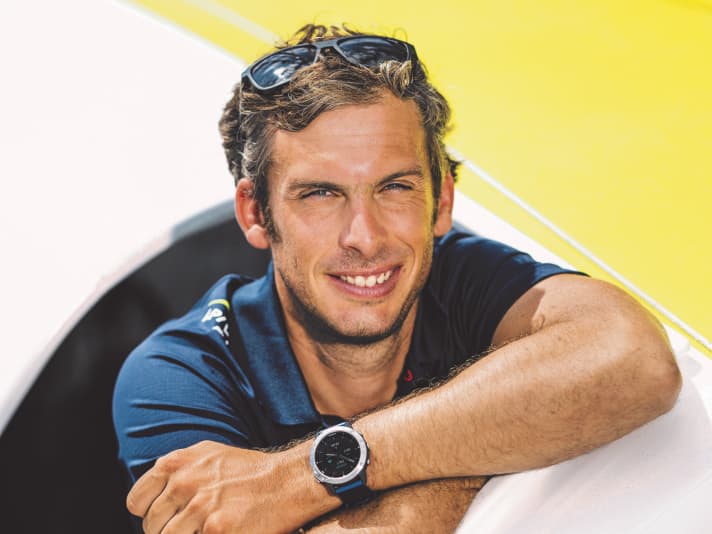
Charlie Dalin (38) "Apivia"
The man to beat. The Frenchman has dominated all the races this season. His boat is currently the best all-round Imoca.
- Chance of victory: 90
Dalin has been the superstar of the Imocas ever since the line honours at the Vendée Globe 2020, where he was only beaten by Yannick Bestaven in his first single-handed race around the world. He can always draw on the full resources of the financially strongest team of the 60-footers. The 2019 Verdier design, built by CDK, was continuously improved together with Vendée winner François Gabart's Mer Concept Team, including new foils. Dalin is known as a meticulous, talented technician. The first regattas against the new generation of boats showed that although they are close to "Apivia" and could perhaps even be faster after a year or two of fine-tuning, there is still a long way to go. Tactically, Dalin made no mistakes this year and won three races with confidence, and has matured enormously as a skipper. In 2023 he will have a new boat, which the whole class is already trembling about.
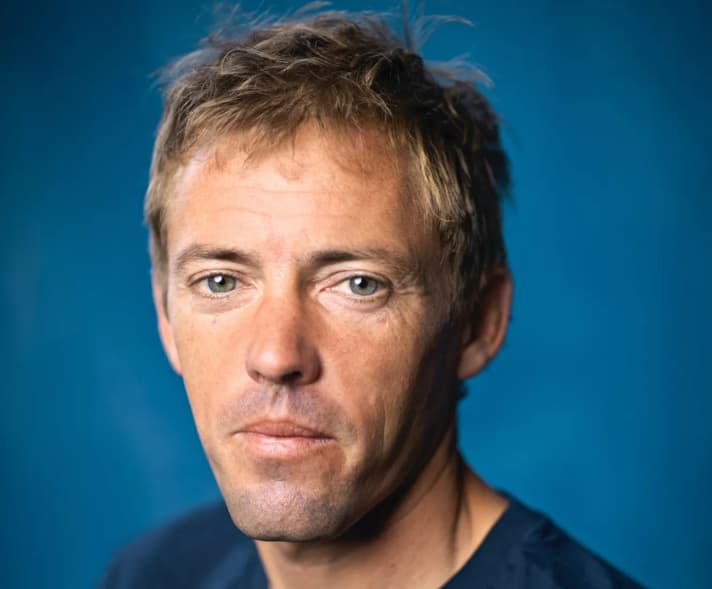
Thomas Ruyant (41) "Linked Out"
One of the few who has been able to stand up to Charlie Dalin recently. The Norman is regarded as a tough fighter who always pushes.
- Chance of victory: 80
During the Vendée, the little powerhouse had to admit defeat to Dalin because his port foil broke. The satisfaction came in 2021 at the double-handed Jacques Vabre Transat, which he sailed with Morgan Lagravière. There he battled with Charlie Dalin and Jérémie Beyou for almost the entire race before pulling away in a merciless gybing duel off the coast of Brazil. Boris Herrmann rates Ruyant as one of the physically and mentally strongest sailors. The Transat was his first major victory at the Imocas. And there is no doubt that he wants more. He has consistently developed his 2019 Verdier design, basically the concept design for the Ocean Race, and fitted it with new foils after the race. He will swap what is probably the second-fastest boat in the class for a new one in 2023. The Route du Rhum will be his last race with it. He will leave no stone unturned in his quest for victory.
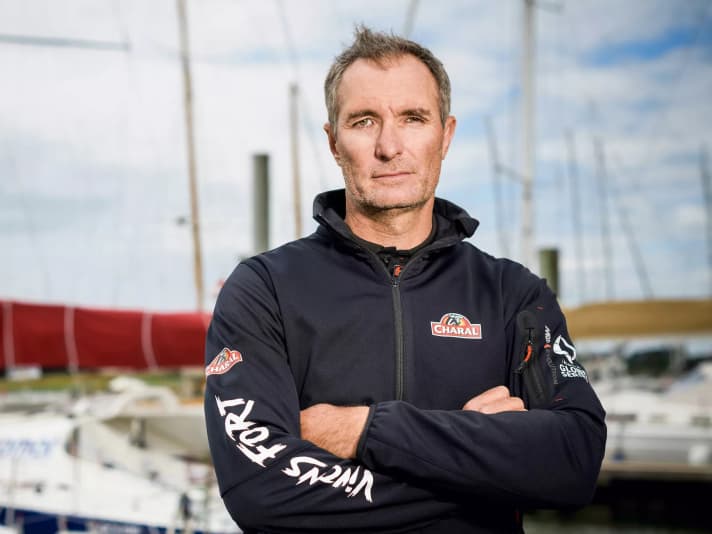
Jérémie Beyou (46) "Charal 2"
The top skipper has been waiting a long time for the big title and will give it his all. Is his boat still too fresh for the triumph?
- Chance of victory: 80
The man has been one of the three best skippers in the Imoca class for years, but has often lacked that crucial bit of luck. His CV is an impressive accumulation of second and third places - from the Vendée Globe to various transats. At the last Vendée, there was only one goal for him: victory. But shortly after the start, he had to turn back for repairs. Since then, "Apivia", "Linked Out" and his original "Charal" have been the eternal frontrunners in almost every race. But now it has had a new, radical Sam Manuard design since late summer. Enormously slim hull, scow bow, futuristic X-shaped rudders to lift the stern out of the water. The boat is considered fast. However, it is not yet as tried and tested as its best rivals.
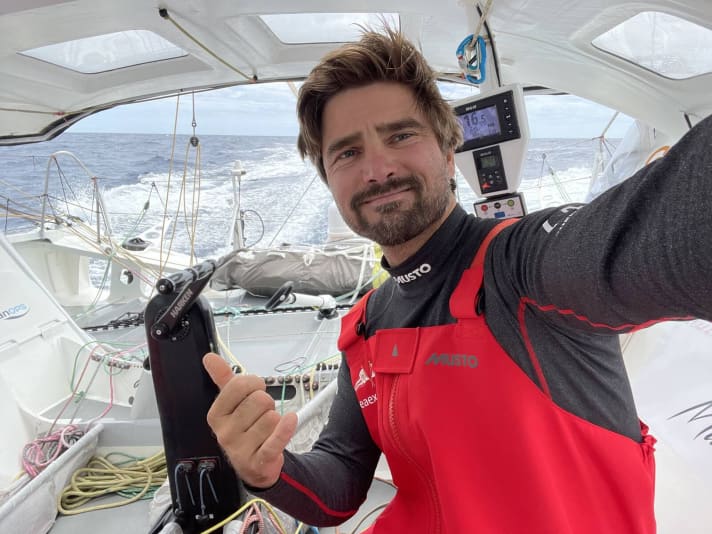
Boris Herrmann (41) "Malizia - Seaexplorer"
The German's new boat has become a Southern Ocean SUV. The speed potential also meets expectations.
- Chance of victory: 70
It's a bit like having the proverbial handbrake on in your head: Boris starts the Ocean Race by boat less than two months after the Route du Rhum. For him and his sponsors, the Vendée and the stage race around the world have higher priority than a transatlantic victory. Accordingly, even before the start he clearly states that for him it is about "arriving and gaining experience with the boat". But "Malizia-Seaexplorer", built much more solidly than the competition, showed surprisingly good pace at the Défi Azimut. If things don't go smoothly for the top trio, anything is possible for Boris - as long as his new Open 60 remains intact. Recently, it showed persistent problems with the rudder system and other teething troubles. It will be interesting to see how reliable the boat is. If there are long periods of light wind, which is always possible on the Atlantic, the lighter boats will probably be favoured.
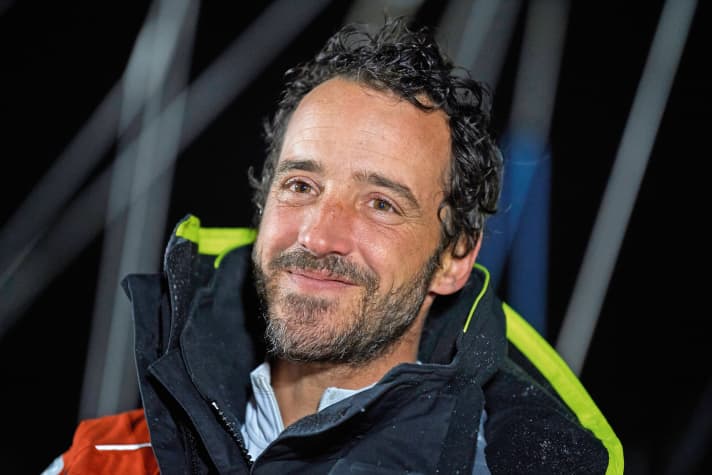
Louis Burton (37) "Bureau Vallée"
Shooting star of the last Vendée and local hero. Now he also has a competitive boat, the former "L'Occitane".
- Chance of victory: 70
Louis Burton was after winner Yannick BestaventheThe surprise of the last Vendée Globe. Burton always pushed his very first generation foiler to the limit and beyond, and was actually always in the leading group. He took tactical risks, sailed through extreme weather, broke several times, fell back, repaired and fought his way back to the front. When he bought Armel Tripon's Manuard design with the first scow bow in the class in a successful coup after the race, many believed he could do anything. However, an early mast breakage set the financially underfunded team back. Things now seem to be going better again and Burton is definitely keen to shine with the boat, which was only completed in 2020 and which he is getting to know better and better. At the last long race, the Vendée Arctique, he finished fifth in a very complicated race, so his form is clearly on the up.

Kevin Escoffier (42) "Holcim PRB"
After his spectacular sinking with the "PRB" in the Vendée, he has a new boat at the start and is highly ambitious.
- Chance of victory: 70
No other skipper is as technically adept as Escoffier, who studied engineering and played a key role in the development of three Imocas and three Ultim trimarans, including "Banque Populaire". He is regarded as Mr Fixit on board and, following his single-handed entry in 2019 as the successor to Vincent Riou at "PRB", came second in the Transat Jacques Vabre. He is one of the top skippers. The new boat is a kind of generational hermaphrodite: the original design is the Verdier design for the Ocean Race (like "Linked Out") and was already under construction before a US team withdrew. Escoffier bought the boat and had a new, 4.50 metre long and significantly rounded bow section laminated on and new foils built. Very fast in initial tests, few problems so far. He is going for the win.
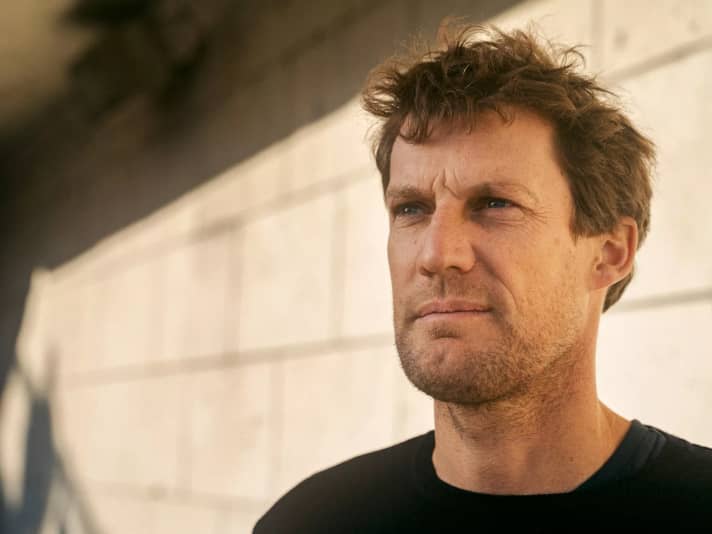
Paul Meilhat (39) "Biotherm"
As a skipper, he impressed with top placings on older boats. The only thing missing was a major sponsor. That is now changing.
- Chance of victory: 60
Meilhat has delivered some pretty strong performances in recent years with the rather old non-foiler "SMA": Both at the Vendée Globe 2016/17, where he retired in third place due to a technical defect, and at the Route du Rhum 2018, which he won after Alex Thomson ran aground in the lead, the long rascal impressed. Now he has competitive material in his hands for the first time. His new "Biotherm" is a sister ship in the mould of Verdier's "Linked Out" design. During construction in Italy at Persico, the bow shape was changed, as were the rudders and foils. The boat is likely to sail similarly to Kevin Escoffier's "Holcim PRB", but only entered the water in September and had to abandon the Défi Azimut due to technical problems. On paper, the skipper and boat are strong, even if not quite at the top. The big question mark is whether the technology will hold up.
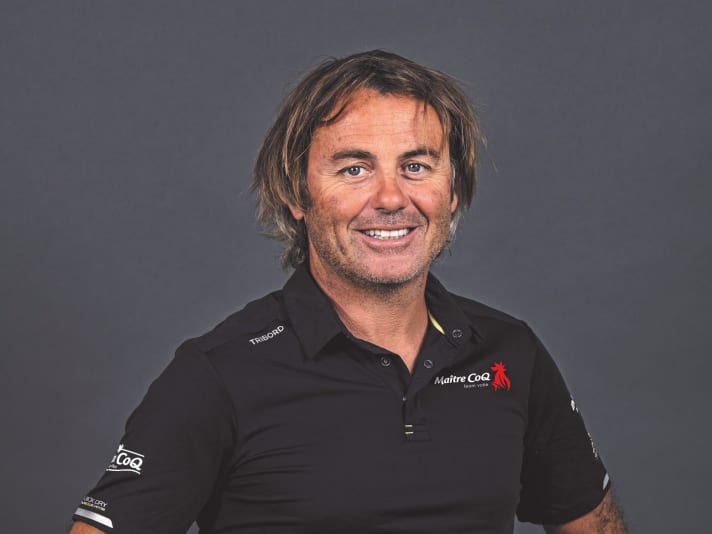
Yannick Bestaven (49) "Maître Coq"
The winner of the last Vendée Globe has a brand new boat, but little experience with the latest generation of foilers.
- Chance of victory: 60
Bestaven's performance at the Vendée a year and a half ago cannot be overestimated. The man from La Rochelle won with a first-generation foiler against seemingly overpowering competition - hardly anyone had expected that. Since his two Transat victories in the Class 40, the Frenchman has been recognised as a brilliant tactician and sailor who is brutally tough on himself and his equipment. Since his great triumph, things had gone quiet around him as he waited for his new boat. It was completed in September and comes from the moulds of 11th Hour Racing, another Verdier design, originally developed for the Ocean Race. However, unlike Escoffier and Meilhat, Bestaven has refrained from giving the bow section a strong jump in line with the ubiquitous trend. The foils are also visibly different in shape. The "dark horse" of this Route du Rhum.
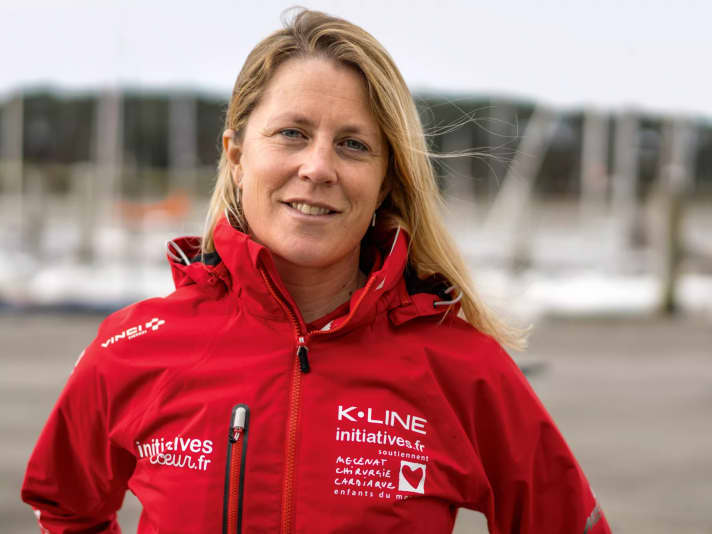
Sam Davies (48) "Initiatives Cœur"
The strongest of the three women in the starting field has a brand new boat at her disposal for the first time, a sister ship from "Bureau Vallée".
- Chance of victory: 50
For years, the women in the Imoca 60 field have not been fighting with the same weapons as the top male skippers, as they have always competed with older designs. This is finally changing: the British woman is starting with a boat based on the moulds of the "Bureau Vallée" (ex-"L'Occitane"). And the boat has been slightly redesigned in terms of foils and bow shape together with Manuard. However, there is a lack of training time on the water because there were problems and repairs needed in the keel area during construction. Davies did not get off to a good start at the Défi Azimut, finishing in eighth place. Fourth in the 2008 Vendée Globe, she is still waiting for a podium place in an Imoca race, is always highly rated and came very close with fifth place in the last Transat. Perhaps now is her big moment. A victory seems possible, but not likely.
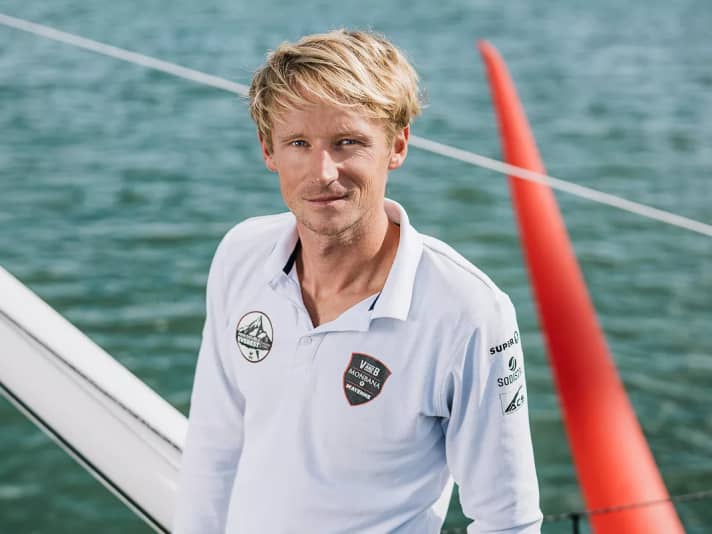
Maxime Sorel (36) "V&B- Monbana Mayenne"
The skipper with the dragon in his sail impressed at the Vendée Globe and now has a whole new beast: an "Apivia" sister ship.
- Chance of victory: 50
The lanky Breton with the blond hair has made a steep rise: in 2017 he won the Transat Jacques Vabre and the Fastnet in the Class 40, then switched to the Imoca class and finished tenth in the Vendée Globe with a 2007 VPLP design without foils. The new boat is of a completely different calibre: it comes from the mould of Charlie Dalin's superior "Apivia". Designer Guillaume Verdier modified the bow for more buoyancy and built a new generation of foils. The boat was launched in June, earlier than most other new builds. And it sails very promisingly. But the skipper is in a low mood. He has stated that he is not yet ready to win the Route du Rhum and will probably be ready for the Transat Jacques Vabre next year. Nobody really believes him: Sorel loves tough competition; he has already shone under pressure in the Class 40. If he sees an opportunity, he will push.
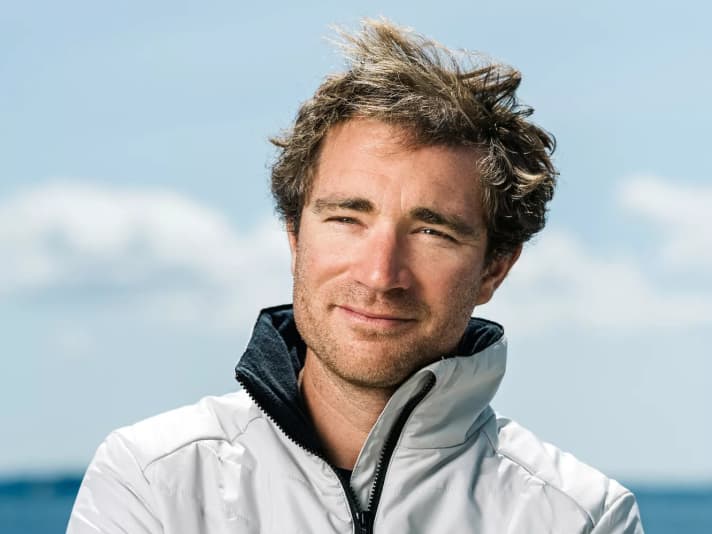
Benjamin Dutreux (32) "Guyot Water Family"
Another talent from the last Vendée now has a stronger boat and Offshore Team Germany as a partner.
- Chance of victory: 40
The Frenchman impressed the sailing world with a great ninth place in the last Vendée and secured the old 2015 "Hugo Boss" in a coup, with which Alex Thomson finished second around the world in 2016 and third in the Rhum in 2018. German sailing fans should be cheering Dutreux on as he will be competing in the Ocean Race in January with Offshore Team Germany after the Transat. His form curve has been clearly on the up recently. At the Défi Azimut, the proven and repeatedly optimised boat was very fast.
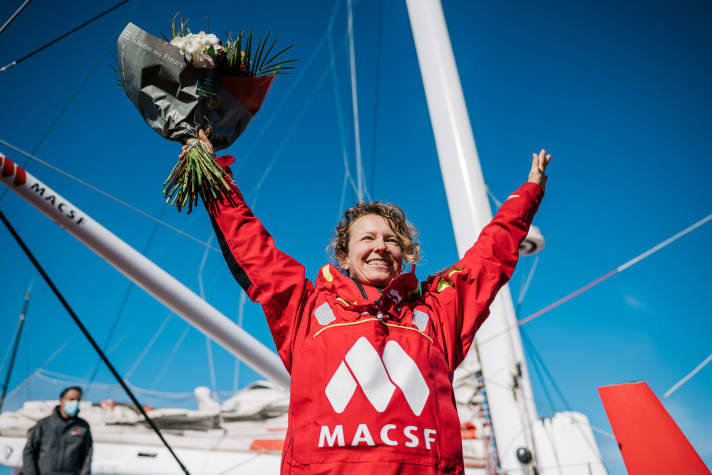
Isabelle Joschke (45) "MACSF"
The German-French athlete continues to shine with good performances, but top results are still lacking.
- Chance of victory: 30
At the last Vendée Globe and the last Vendée Arctique, Joschke was well in the race with her 2007 VPLP design with 2020 generation foils - but then she broke. She is regarded as a tactically astute and tough sailor when necessary. Loïck Peyron said after the Vendée 2020/21 that her performance had impressed him the most until she retired. In the strong field of the Route du Rhum, now would be the ideal time to deliver. Of course, the top favourites would have to stumble for that to happen. Joschke himself is hoping for a top 10 finish.

